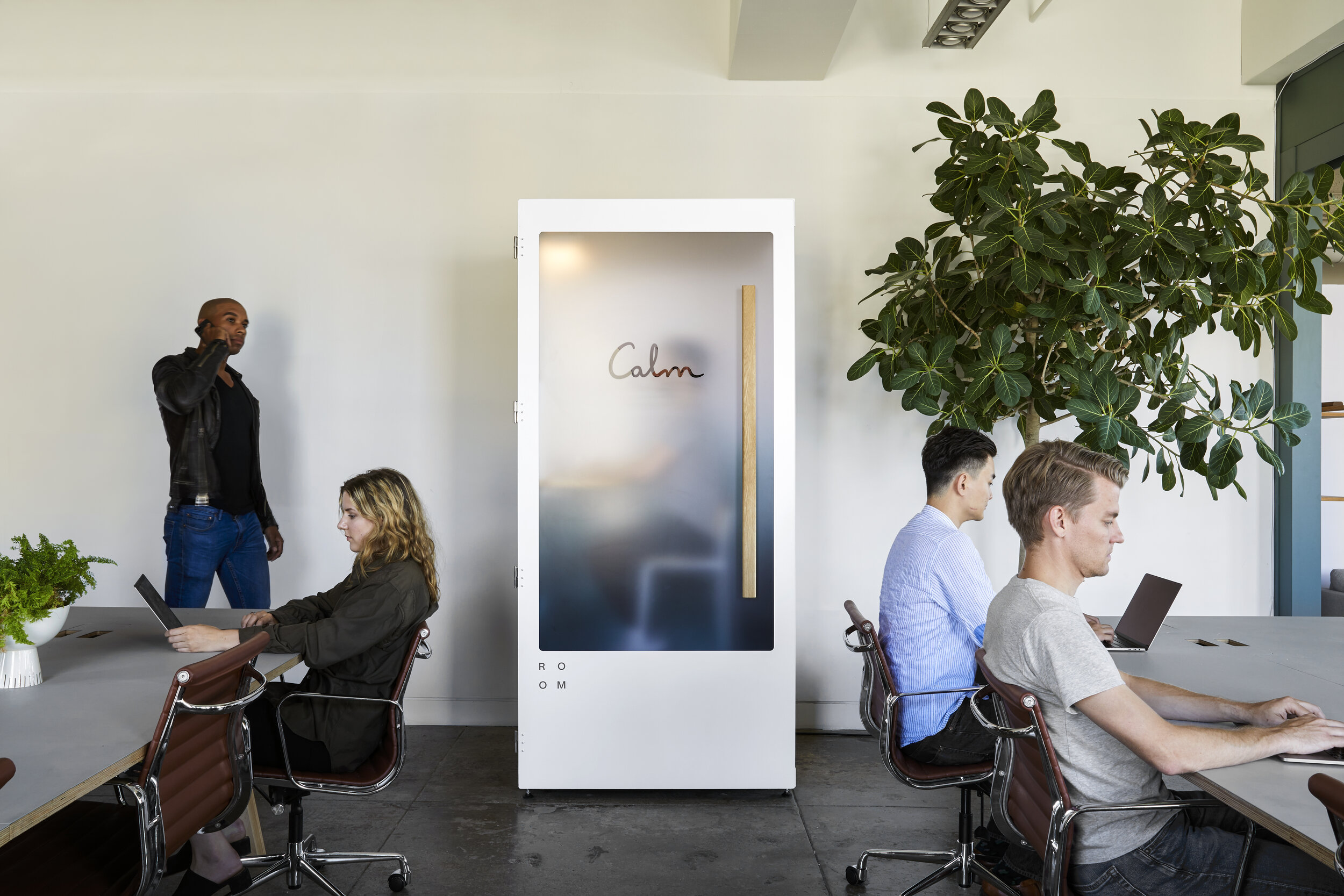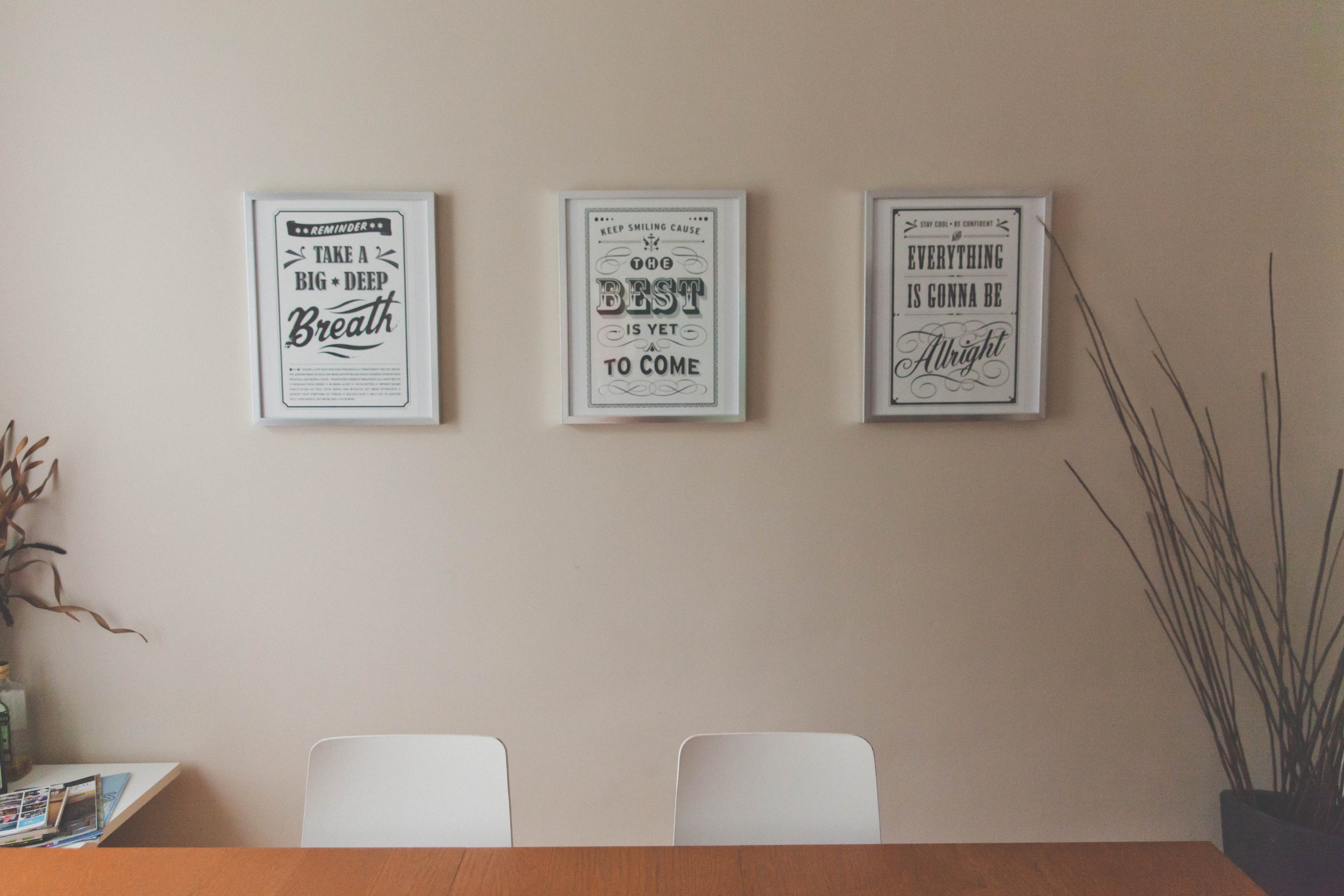Stress Is expensive — why workplaces are turning to mindfulness
It’s estimated that in the U.S. alone, workplace stress costs companies over $300 billion annually, and according to The American Institute of Stress, unanticipated absenteeism works out to approximately $602 per worker per year.
The National Institute for Occupational Safety and Health in the U.S. published a report titled Stress at Work. Their research found that:
40% of workers reported their job was “very or extremely stressful”
25% view their jobs as the number one stressor in their lives
26% of workers said they were “often or very often” burned out
job stress is more strongly associated with health complaints than financial or family problems
An Integra survey found that almost one in five respondents (19%) left a position because of job stress. And according to The American Institute of Stress, an estimated one million employees call in sick every day for the same reason.
If you’re a boss or human resources professional, you may feel your own job-related stress as well as concern and responsibility for your staff and colleagues. And if you’re a business owner, on top of care for your employees and their overall productivity, you have to consider the financial aspects of job stress.
How to reduce stress at work
If you’re in a position to make change where you work (or at least begin the conversation), first, address the structural stressors. Is the pace of work reasonable? Do leaders have the skills they need to support their teams? Do you or your employees have the skills to match the expectations of the work required? Do you or your employees feel like they have a reasonable say in how work is completed? Often making simple changes in job requirements or schedules can reduce on-the-job mental-emotional and physical strain in significant ways. Communication and action are important.
Once the appropriate structure is in place, job stress will continue to exist, but be more manageable. There will still be differing personalities to navigate and times of increased pressure, deadlines, and so on. This is when stress management and mindfulness skills are essential, and serve us at work — and in every other area of life — so we can cope and thrive and experience inner calm in any situation.
The benefits of mindfulness at work
A team of researchers in Japan studied the association between meditation and job performance and found that meditation practice can “ …positively influence job performance, including job satisfaction, subjective job performance, and work engagement.” Mindfulness helps us enjoy our jobs more and do them better.
In their paper, they also found that meditation at work can “…have a positive impact on concentration, memory, creativity, emotional intelligence, and motivation.” When we practice mindfulness meditation, we are able to come up with new ideas more easily, we feel more inspired and engaged, and it’s easier to focus and prioritize. We also have an easier time getting along.
Neuroscience credits the influence of mindfulness on the body’s autonomic nervous and endocrine systems with our improved ability to deal with stress, think more clearly and imaginatively, and even sleep better.
The Calm Booth by ROOM
How to practice mindfulness at work
Many big corporations are open about the role of mindfulness in their employee programs — Google, General Mills, Nike, Target, Goldman Sachs, Apple, and Oprah are just a few that have formal, large-scale mindfulness practices. But mindfulness is for teams of all sizes. Here at Calm, our small team practices the Daily Calm mindfulness meditation together each work day at 10 a.m. as a way of connecting with one another and beginning the day from that relaxed place. Integrating mindfulness practices at work can be simple. Begin with what’s doable — either alone, with your team, or with your entire company. Start where you are. Here are some ideas.
Daily Calm Meditation
In the Calm app, each morning, there is a new daily meditation — about 10-12 minutes long. It’s called the Daily Calm. Like us, you might make it your own morning practice on your own or with colleagues.
Emergency Calm
In times of more acute job stress — an over-packed schedule, preparing for a difficult conversation, trouble choosing priorities — Emergency Calm is three-minute meditation designed to settle nerves, relax the body, and clear the mind. Use it when anything longer feels too hard, or as part of a regular practice, like a quick meditation session before lunch each day.
Calm Music
Music affects the parasympathetic nervous system. It can slow our heart rates and breathing, lower our blood pressure, and encourage our muscles to relax. Playing soothing, meditative music helps with stress relief anywhere, and can be especially handy at work. If you have a space of your own, you can fill it with music or sounds that relax you. Choose slower songs with rhythms that match a slower heart beat. Or nature sounds that you find calming — like rainfall or birdsong or even white noise. If you need to focus, there are also tracks in the Calm app designed for that. If you don’t have a private space but you’re able to wear earphones, come to work with your own playlist ready to go.
Recommended Calm Music tracks for relaxation at work:
Simplicity (3 minutes)
Grace (8 minutes)
Sigur Rós’ Liminal Sleep 9 (28 minutes)
Purring Cat soundscape (30 minutes)
Ocean Waves (30 minutes)
Daybreak (60 minutes)
Mindful Movement
You can reduce the stress hormones in your system with some simple mindful movements. Slow your breath. Stretch your arms, your legs, your back, as you’re able. If you can, go for a walk. Even five minutes can make a big difference when it comes to stress relief. If it feels right, invite colleagues and make it a regular thing.
Recommended mindful movement sessions for work in the Calm app:
Afternoon Reset: This mindful movement session is done seated (9 minutes)
Mindful Walking: Mindfulness meditation instructor Tamara Levitt guides listeners through a mindful walk for relaxation (5-30 minutes)
Mindfulness practices to reduce job stress when you’re not at work
It’s easy to bring our work stress home with us and to wake up with it again the next day, if we don’t have good tools for managing it. Adding a short mindfulness practice — one that you like and that feels easy — can really help. Many companies provide a Calm subscription for employees as a perk, and in addition to using the sessions at work and on breaks, these Calm users also often choose to practice on the way to and/or from work.
Recommended Calm sessions for outside of work:
Commuting: If you’re not driving, listen to this session on your way to or from work (X minutes)
Calm Music: If you are driving, play a Calm Music track for your commute that you find soothing
7 Days of Sleep: This series will help you unwind the day and get better rest
Calm Breathe Bubble: Practice this calming breath exercise before you leave in the morning or before walking in the door again or at the end of your work day as a reset.
How to bring Calm to your work
Consider sharing this article with your human resources department or boss and suggest the possibility of adding Calm to your company’s employee benefits package or as an inexpensive form of ongoing professional development for you. If you would like to gift Calm to your team, contact us to coordinate a group subscription.





